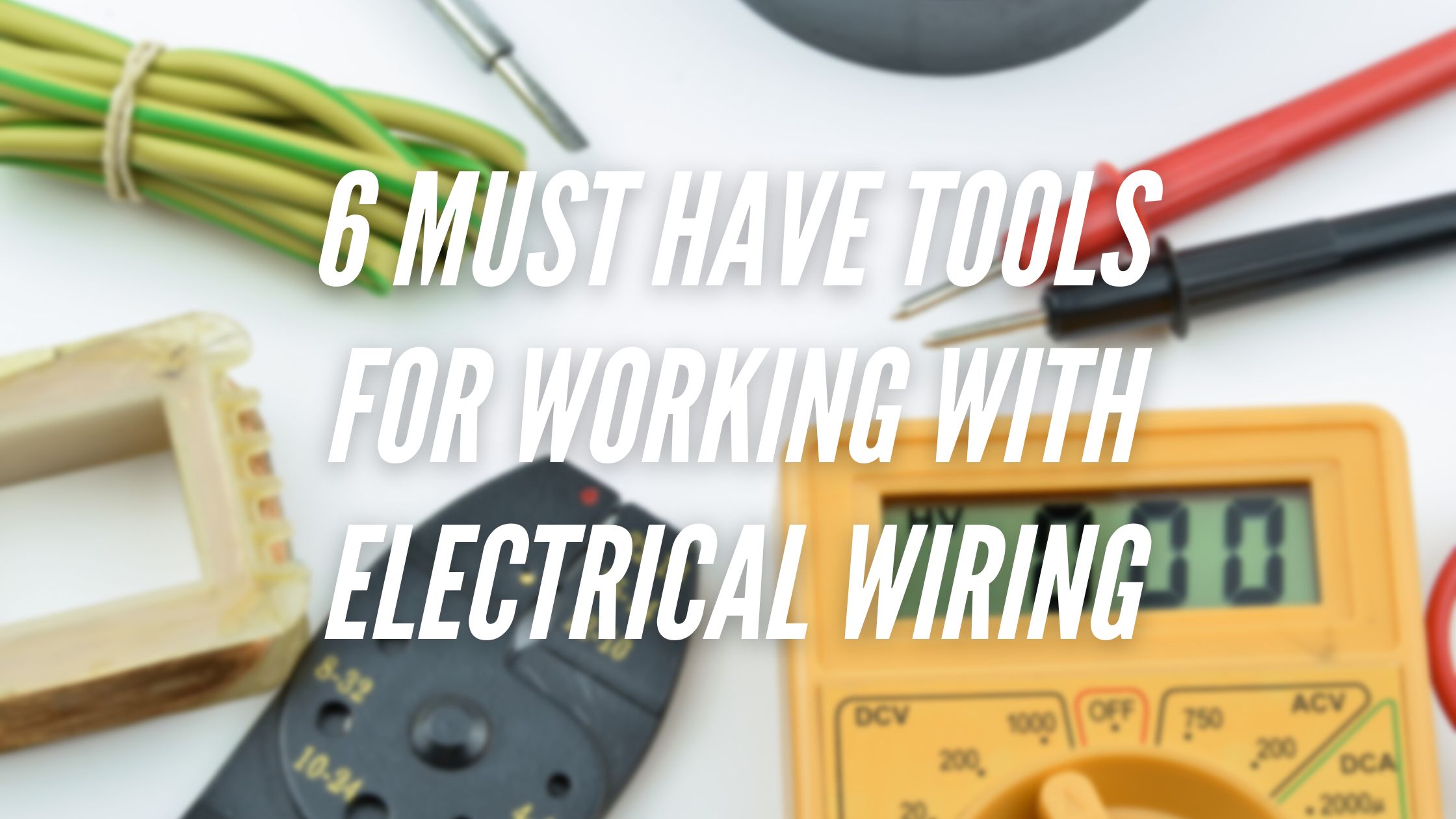Electricity is dangerous: the electrician must have experience and qualifications to perform work on electrical wiring. Any domestic electrical work, in the UK, must be covered by the relevant certifications unless it takes place in the garage or a defined external part of the home (that is, a room or an enclosed area that may be wired for light and power, but which is not technically part of the nominated living area of the house). So in a way, the first and most important tool of all for working with electrics is the proper certification and the training to back it up.
In terms of hardware, though, there are a number of tools no competent person’s toolkit should be without. Here (in no particular order) are six of the best.
1: The Voltage Tester
The voltage tester is used to test the voltage passing through a system. It has a positive and a negative probe, which is touched by the relevant wires to create the circuit and take the reading. There are two types of voltage tester – the solenoid and the solid state. A solenoid tester will, over time, deteriorate in reading quality as the probe’s coating wears away. Solid state testers do not have this problem.
2: The Digital Multimeter
As its name implies, a digital multimeter is designed to perform a variety of measuring tasks. With multiple inputs, settings, and reading types, the multimeter can give accurate readings in most situations. A multimeter featuring a low impedance function will allow the electrician to take ghost voltages out of the equation and achieve a more accurate reading. It may also be set to measure a number of different waveforms (apart from the sine waves usually measured by a standard meter).
3: The Non-Contact Voltage Tester
Non-contact voltage testers have a specific function – to measure the actual electromagnetic field produced by a circuit. The non-contact voltage tester is placed on the wall or plug socket through or into which the wiring runs, and gives a reading based on the impulses it finds there. May be used in all situations, commercial and domestic.
4: Lineman’s Pliers
The “lineman’s” plier is a standard electrician’s tool, featuring rubber sheathed grips and a plier head combined with a cutting blade. The blade is located in the two inner edges of the plier's head, by the pivot, and is used for stripping wires whilst working. Extra cutting power is given by putting the blades right next to the pivot point.
5: A Quarter Inch Screwdriver
The quarter-inch screwdriver is one of the most commonly used in electrics. It takes the holding screws out of many faceplates and safety brackets on electrical equipment. As with all electrical work, the screwdriver should be rubber sheathed for safety.
6: Multi Wire Stripper and Cutting Tool
The multi-wire stripper and cutting tool – again rubber sheathed – allows the electrician to strip wire in a number of standard forms. It features a graded cutting blade, in which sharp-edged holes have been prepared (the holes are formed when the two jaws of the blade are closed, allowing the electrician to open and shut them over different wires) in common gauges, including stranded wire and solid wire.
Overall Use and Safety
As noted, there is no tool like the proper qualification. Only qualified, certified electricians should work with consumer units, mains wiring circuits and other embedded electrical wiring. A non-qualified person may change the fuse in a plug, or wire a plug, but to install plug sockets and run wiring beneath plasterboard requires the knowledge that can only be given from training. Current qualifications are a must to ensure that the electrician is up to date with relevant procedures, tools, and safety knowledge.
About the Author: Lisa Jane is a former electrician. He now writes for a trade publication and has just finished researching an article about modern consumer units.



